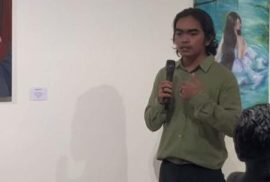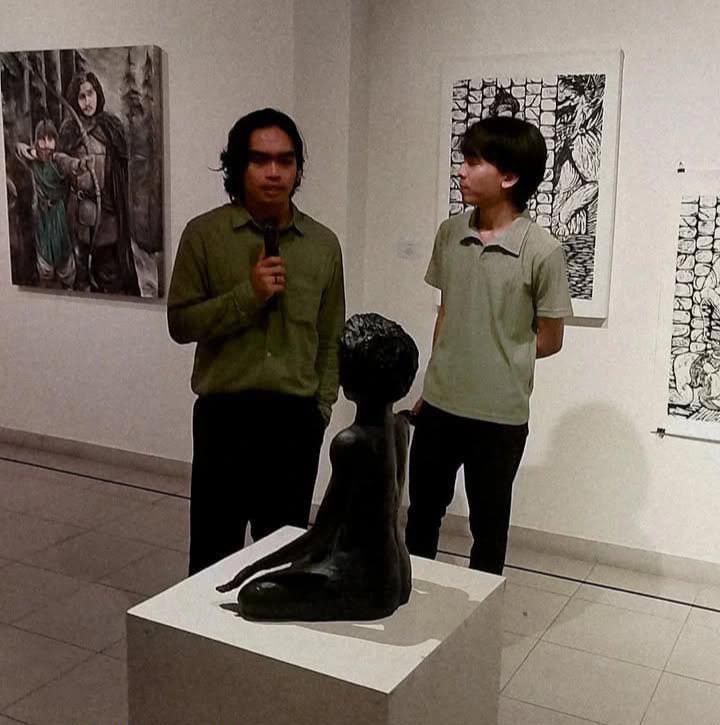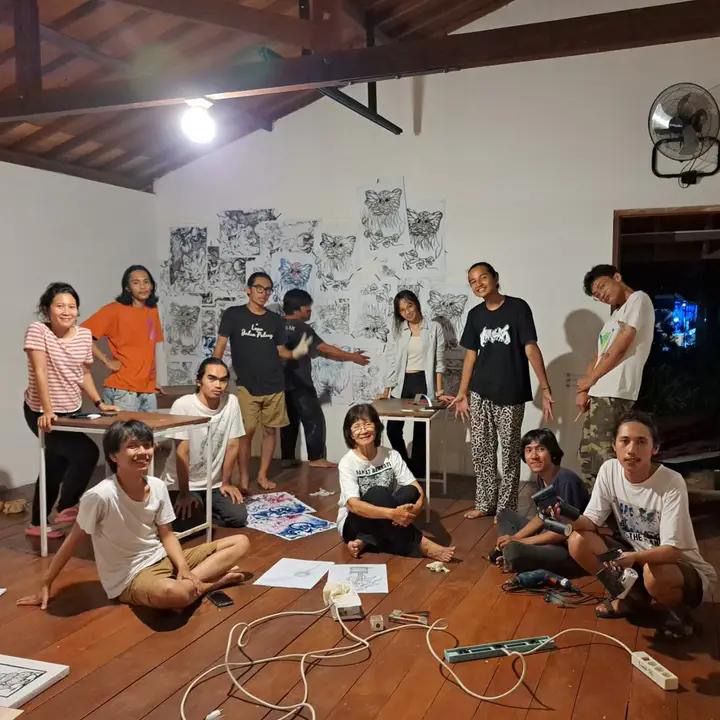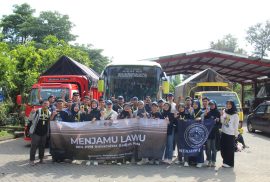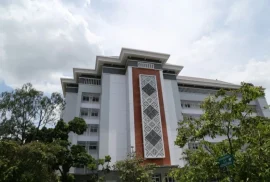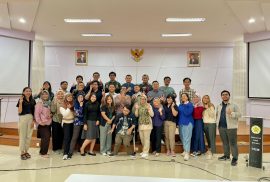Yogyakarta, 10/7/2025 – The Faculty of Cultural Sciences, Universitas Gadjah Mada, once again marked an academic milestone through the doctoral promotion session held on Thursday, July 10, 2025. Arina Isti’anah, a lecturer and researcher in the field of linguistics, officially earned her Doctorate degree after presenting a dissertation titled Ecological Discourse Analysis in Indonesian Tourism Promotion.
Through a corpus-based ecolinguistic approach, Arina’s research examined the language strategies used in the promotion of Indonesian tourism, focusing on English-language content on the official website of the Ministry of Tourism and Creative Economy. Her findings revealed that the narrative tends to overemphasize the physical environment—portraying Indonesia as an exotic tropical country rich in natural resources, yet isolated.
In her presentation, Arina revealed that tourism promotion practices are not only influenced by advertising genres but are also ideologically loaded, leaning toward neoliberalism and capitalism. The exploration of hidden islands and the glorification of natural beauty are wrapped in commodification and privatization, ironically under the guise of eco-friendliness.
Concluding her presentation, Arina emphasized that greenwashing has become a common pattern in tourism promotion. The “eco” and “green” labels often found in tourism campaigns do not always align with true ecological values. She also highlighted the need for further research on the Indonesian version of these texts and the translation strategies involved, including expanding the corpus and applying multimodal discourse analysis to enrich ecolinguistic discussion.
The doctoral promotion, held at the Auditorium of the Faculty of Cultural Sciences UGM, was attended by scholars from various disciplines, students, and colleagues from different institutions. Their presence witnessed Arina’s meaningful contribution to the development of ecolinguistics studies in Indonesia.
With this achievement, Dr. Arina Isti’anah is expected to continue her contributions to critical linguistic and ecological studies, inspiring the next generation of academics to explore how language functions as an ideological tool shaping people’s views of the environment.

